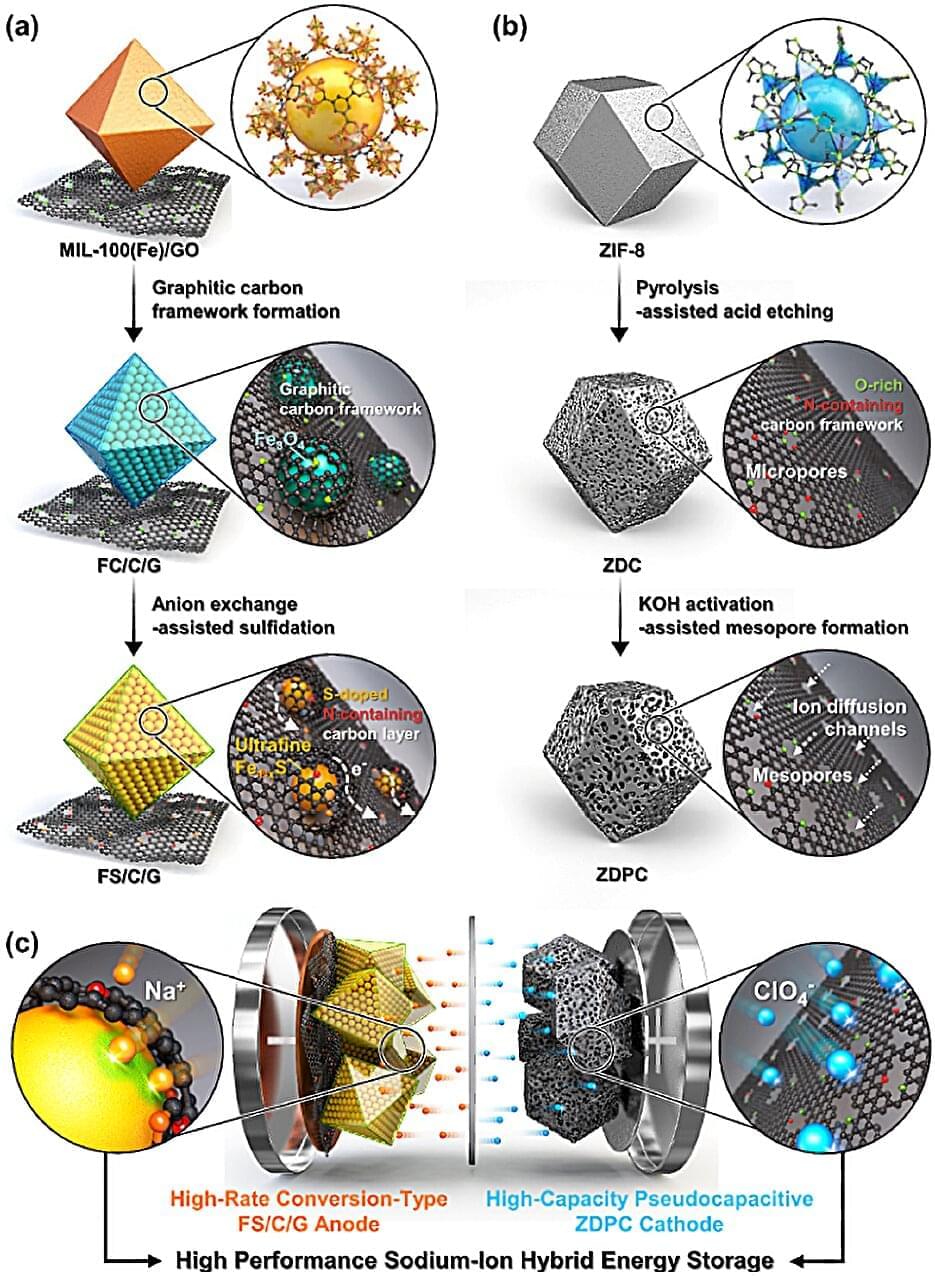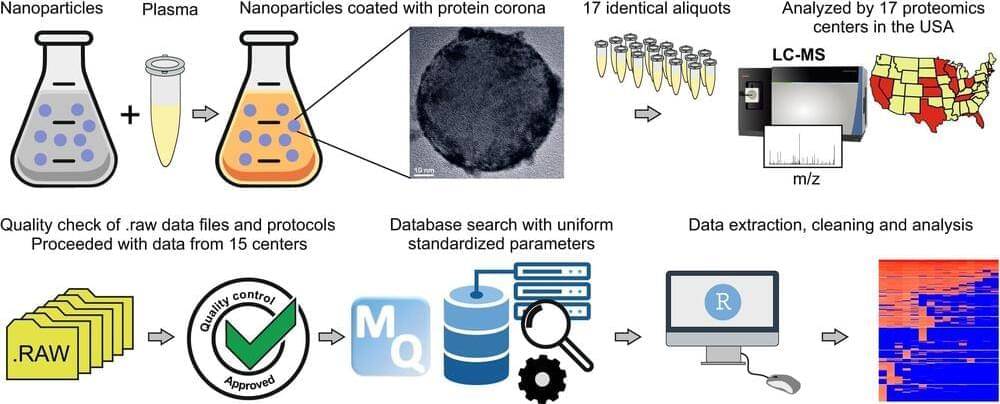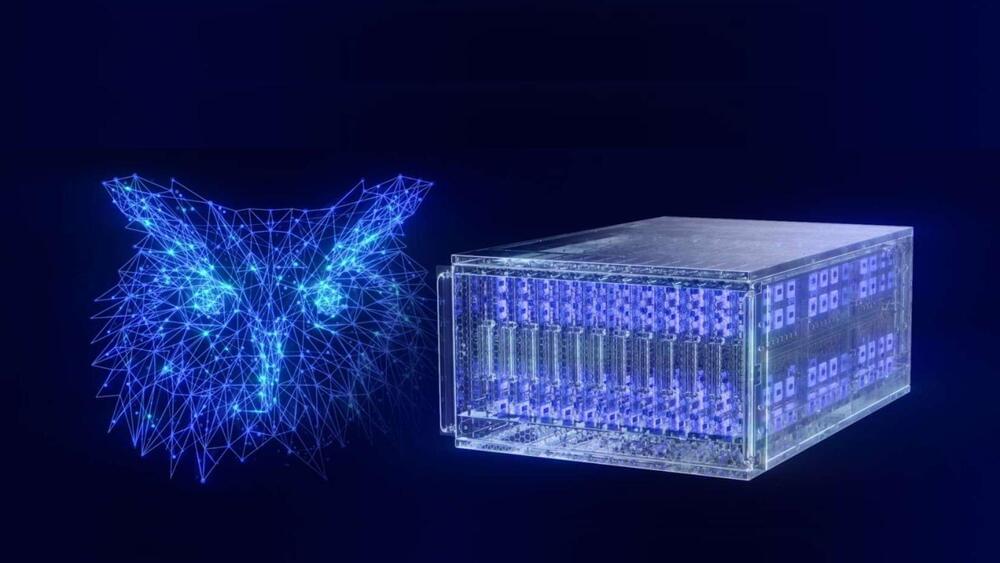Evan A. Scott, PhD, comes to UVA from Northwestern University, where he has conducted groundbreaking research into the use of tiny nanostructures to battle heart disease, cancer, glaucoma and more. Scott’s nanostructures, far too small for the eye to see, allow for the precise delivery of drugs and other therapeutics to specific inflammatory cells to benefit the body’s immune response. His research provides important answers about the fundamental processes responsible for diseases and paves the way for high-tech treatments using cleverly designed, and mind-blowingly miniscule, synthetic materials.
“We are excited to welcome Dr. Scott to head up nanoSTAR at this critical turning point in nanotechnology research at the University of Virginia,” said Melina R. Kibbe, MD, dean of the School of Medicine. “Nanotechnology has vast untapped potential to benefit patients everywhere. It is a long-standing strength for UVA and will be a foundational pillar of the Paul and Diane Manning Institute of Biotechnology.”
The Manning Institute, under construction at Fontaine Research Park, will tackle some of the greatest challenges in medicine by focusing on cutting-edge areas of research such as nanotechnology, targeted drug delivery, cellular therapies and gene therapy. NanoSTAR, with Scott at the helm, will play a key role in that nanotechnology research, and Scott will work to foster collaborations across Grounds, including among the School of Medicine, School of Engineering and Applied Science, School of Data Science and the College of Arts and Sciences, among others.







